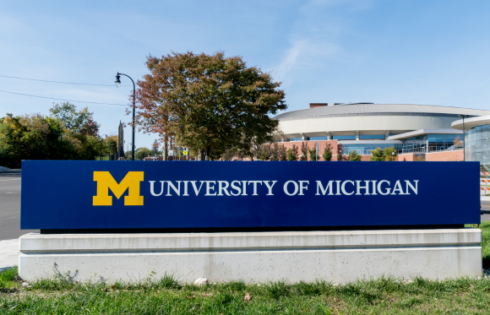
For the second straight day, an anti-ROTC op-ed has appeared in the pages of the Stanford Daily. This time, a student in the law school wrote in with an appeal clearly intended more for the moderates of Stanford’s population (unlike yesterday’s, which expressed a “radical queer” agenda — their words, not mine).
Once more, I’ll lay out the central arguments and address them in turn. In my mind, Mr. Windley argued:
- Students should make their voice heard on this issue because we have the power to decide ROTC’s fate: “[W]e, as students, have complete freedom to decide whether or not we want to permit the military of this country to have an ROTC presence on our campus.”
- There’s an opportunity cost involved — resources devoted to ROTC could not be devoted to other things.
- An ROTC presence on campus would not result in more participating. Furthermore, the convenience factor of participating should not dictate participation: “I’m not sure that convenience should be the dispositive factor in students’ decisions to dedicate nine to 12 years of their lives to the military.”
- An ROTC office would not facilitate more effective training: “[I]t is surely more efficient for large numbers of students to be trained in a single location than in multiple smaller training centers.”
Let’s break these arguments down. His first contention (that students have the power to decide ROTC’s fate) just isn’t really true. We certainly have the ability to speak up and influence the debate (which you can do! read this), but at the end of the day, the Faculty Senate makes the final call. In an interview with the Review, President John Hennessy confirmed that fact:
I think this is a decision that in the end is one that has to be made by the faculty.
Furthermore, the op-ed’s claim that “Stanford is a private institution and has absolutely no obligation, legal or otherwise, to either permit or prohibit ROTC’s presence on campus” is technically correct, but Mr. Windley probably should have noted the existence of the Solomon amendment, which gives the government the authority to halt all federal funding to Stanford for not allowing ROTC on campus (an authority it has not chosen to exercise — read more here).
Mr. Windley’s next observation, that there exists some resource trade-off in allowing ROTC back, is true only to an insignificant extent. To my knowledge, the military would pay for the trainers, the gear, the development of a curriculum, etc. The real stumbling block to bringing ROTC back is more a question of whether students should receive academic credit, which does not really affect the University’s bottom line. In fact, one could contend that allowing ROTC back would actually be net-positive for the University in terms of resources because it would free up more money for financial aid (because ROTC participants have their tuition paid for by the U.S. government).
Next, the op-ed contends that ROTC participation would not increase. Unfortunately, I cannot offer any evidence to the contrary; however, I’d like to believe that there is a significant chicken/egg effect. In other words, it’s difficult to point to large demand for ROTC on campus because those who want to participate in ROTC likely actively avoid Stanford and choose other schools. However, even if Mr. Windley is correct in his assertion, I’m not sure why that matters. Stanford should do what it can (within reason) to facilitate the types of activities that its students pursue passionately. The Review’s Editorial Board noted that if such disregard for students occurred for any other activity, student outcry would be massive:
If the University denied any other group of students academic credit, support, and even acknowledgement, student voices would already have risen with cries of intolerance. If the University punished any other group of students based on the existence of a Congressionally-mandated law, then we would hear those same cries of intolerance.
Finally, he argues that an ROTC office here would be ineffective. Perhaps Mr. Windley has significant experience with the United States military and can assert some expertise here, but I’ll admit that I do not. I’d prefer to leave questions of ROTC’s effectiveness in living up to the military’s goals to the military itself. At the end of the day, this debate is about whether we should facilitate opportunities for Stanford students. I think we should.
Alex Katz blogs at Fiat Lux and is the editor-in-chief of the Stanford Review. He is a member of the Student Free Press Association.
Like The College Fix on Facebook / Follow us on Twitter





Please join the conversation about our stories on Facebook, Twitter, Instagram, Reddit, MeWe, Rumble, Gab, Minds and Gettr.